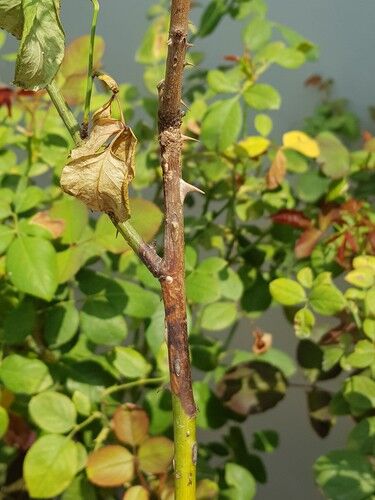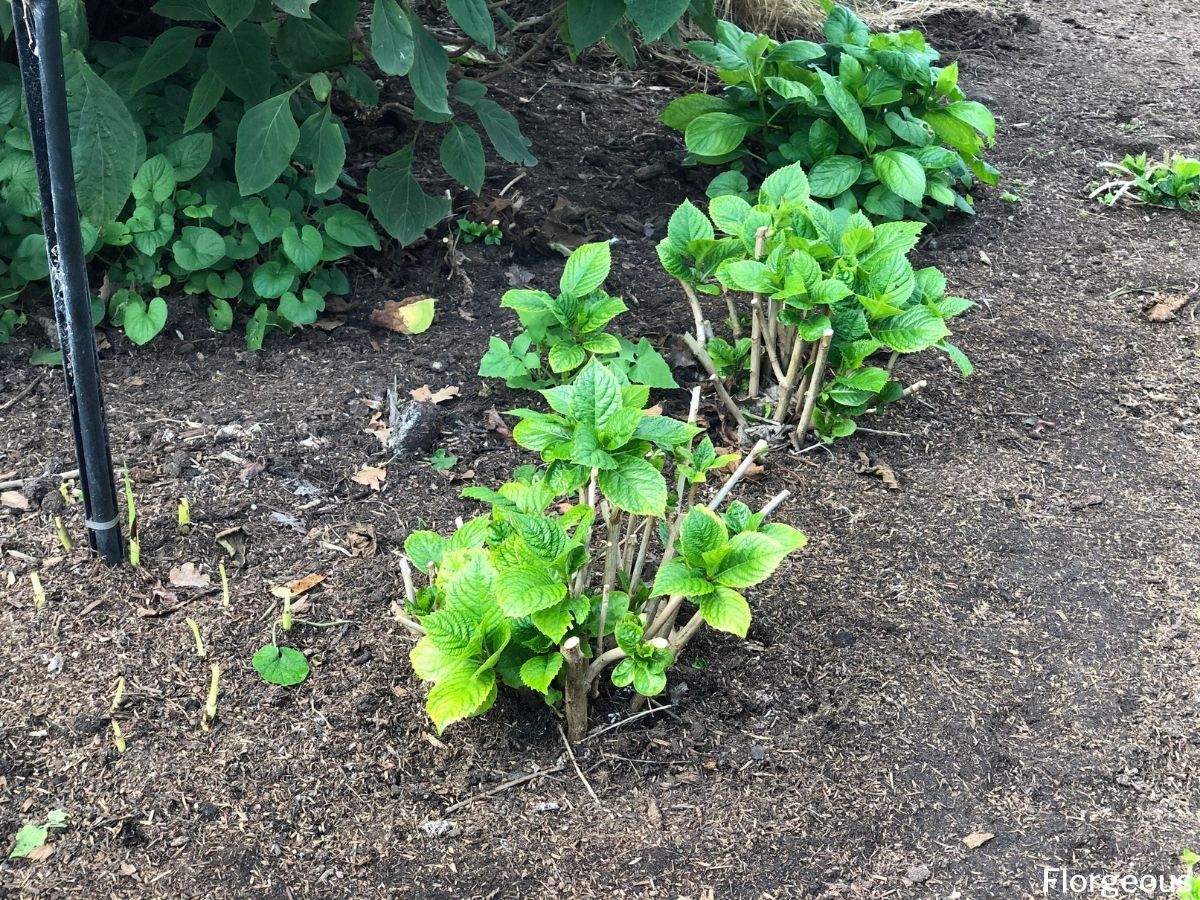

Adjust soil pH and fertility levels for optimum plant growth according to soil test results. Avoid nutritional, water and environmental plant stresses. Grow Healthy PlantsĪ healthy plant is less susceptible to disease than a stressed plant. Do a soil test to determine the nutrient status and physical characteristics. Make sure the planting site has proper drainage and eliminate standing water. If adding soil amendments, make sure to buy from reputable dealers.

Regularly inspect plants and discard any with severe disease symptoms. Keep the Landscape Site Cleanĭiscard all plant debris away from the landscape or garden. Disinfest tools with Lysol, rubbing alcohol or bleach solution to reduce spreading pathogens on the tools. Clean all gardening tools (shovels, pruners, etc.) to remove soil and plant debris before and after each use. Isolate or discard infected plants, which can serve as reservoirs of disease. The effect of the disease may be lessened through pesticide (fungicide) applications, but this will not cure the plant of disease. Plants infected with a disease cannot be cured. Inspect all new plants for the presence of symptoms (leaf spots, dark roots, etc.) or signs (whitish web-like fungal growth, orange-rusty spores, etc.) of disease before bringing them into the landscape site. But many other diseases are introduced into a landscape on infected plants from nurseries, garden centers and through the sharing of plants from garden to garden, such as in the case of divided herbaceous perennials. Some diseases will occur naturally despite gardener's best efforts. Several key practices can help minimize potential disease problems on landscape plants. If one of these components is missing from the "disease triangle," then disease will not occur. In order for disease to occur on a particular plant, three important factors must be present at the same time: 1) a plant must be susceptible to the disease, 2) the disease-causing agent (pathogen) must be present and able to infect the plant, and 3) the environment must be favorable for disease development. Just because a plant is susceptible to a disease does not necessarily mean it will become diseased. Several well known examples of this are the tree diseases, oak wilt and Dutch elm disease. Others may be very damaging and result in plant death.

Some are fairly benign in that they may cause unsightly leaf spots, but they will not significantly harm or kill the plant. Numerous diseases caused by fungi, bacteria, viruses and nematodes affect ornamental landscape plants and lawns. General Disease Management Strategies in the Landscape
#BOTRYTIS BLIGHT HYDRANGEA PROFESSIONAL#
Knowledge about the common diseases of Georgia landscape plants will allow professional and amateur growers alike to better fight plant diseases and produce healthy plants. The following material will help you identify these diseases and offers recommendations for treatment. This publication describes some of the most troublesome diseases of Georgia's landscape plants. Unfortunately, despite gardener's best efforts, disease-causing pathogens are also present. Cities, towns and neighborhoods are the very definition of "southern gardens" filled with exquisite plants, both native and exotic. Georgia's natural and manmade landscapes and gardens have graced the pages of many magazines with elegance, beauty and solace. General Disease Management Strategies in the Landscape.


 0 kommentar(er)
0 kommentar(er)
